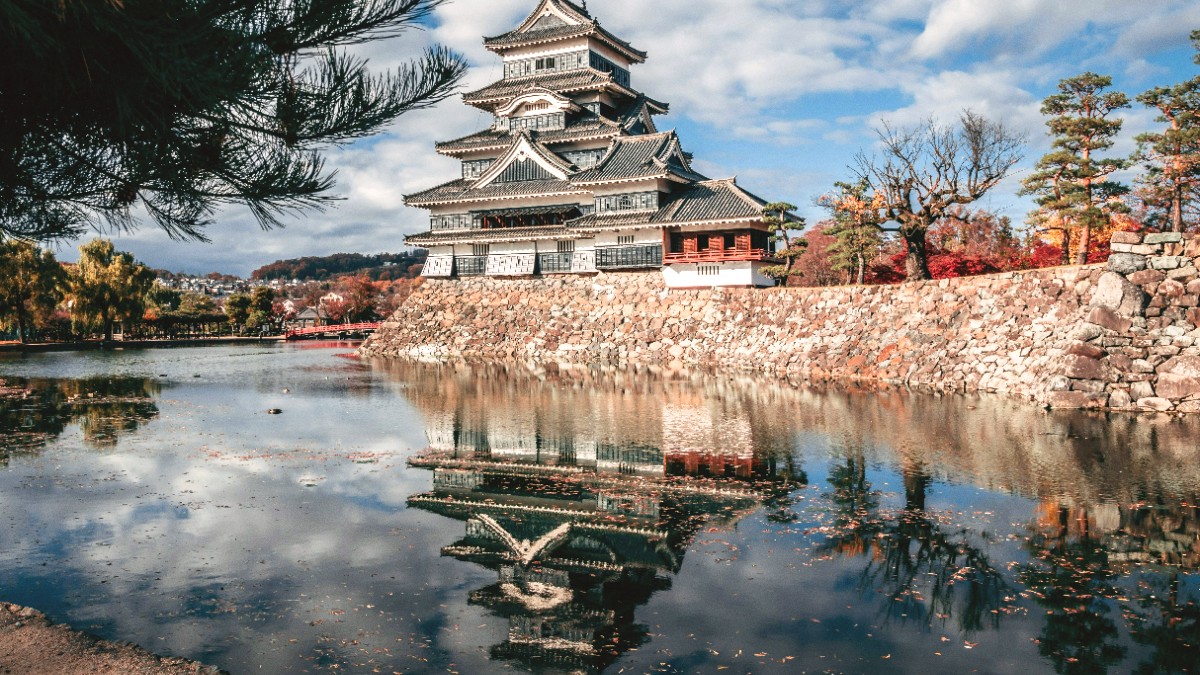
West Of Tokyo, Japan
Staying connected and communicating effectively in Japan. Tourist SIM cards (data-only) are at major airports and electronics stores. Pocket Wi-Fi offers constant connectivity for multiple devices.
Japanese is the official language. English ability varies. Tourist-oriented businesses often have some English speakers. Learning basic phrases is respectful.
Typical operating times for various establishments. Shops usually operate from 10:00 AM to 7:00 or 8:00 PM. Restaurants have distinct lunch and dinner services.
Banks generally operate from 9:00 AM to 3:00 PM on weekdays. ATMs at Japan Post Bank (post offices) and 7-Eleven convenience stores are most reliable for international cards, available 24/7.
For reliable communication, consider an eSIM from Airalo or a portable Wi-Fi device from Solis Wi-Fi. Improve your Japanese before you go with Rosetta Stone.
Respect local customs to create positive experiences during your visit to Japan.
A slight bow is a customary greeting. "Konnichiwa" (good day) is standard and widely understood.
Generally casual for sightseeing. Neat and modest dress is appreciated. Remove shoes when entering homes, some ryokan, temples, and shrines.
Generally permitted in public areas. Avoid photographing people without permission. Look for "no photo" signs at museums or private sites.
Tipping is not customary. Slurping noodles is common. Never stick chopsticks vertically into your rice bowl or pass food directly between chopsticks.
Avoid loud conversations on public transport. Do not point with your finger; use an open hand. Do not eat or drink while walking (outside of festivals).
For comfortable airport waits, explore Priority Pass. For flight disruptions, Compensair assists with compensation claims.
For travelers with mobility challenges, planning around Hakone's accessibility points helps.
Major train stations in Japan, including Hakone, often have elevators and accessible restrooms. Newer trains and buses feature accessible designs for easier travel.
The Hakone Ropeway and Hakone Sightseeing Cruise generally provide accessibility for wheelchairs. Many museums, like the Hakone Open-Air Museum, have ramps and elevators.
Navigating large outdoor areas at museums might present challenges. Older ryokan or smaller establishments might have stairs and traditional layouts not wheelchair-friendly.
Dedicated services for tourists with visual or hearing impairments are limited, but Japan generally has clear public signage (often in English) and a helpful public.
While Japan continues to enhance accessibility, a little research beforehand ensures a smoother journey for all travelers.
Respectful engagement with local customs enriches your travel experience in Hakone.
A slight bow shows respect. "Konnichiwa" is a common greeting. Always take off your shoes when entering homes, many ryokan, temples, shrines, and traditional restaurants. Look for designated shoe areas or signs.
Tipping is not customary in Japan. Slurping noodles is fine and shows enjoyment. Never stick chopsticks upright in your rice bowl, and do not pass food directly between chopsticks.
Photography is generally allowed in public areas and most tourist sites. Always ask permission before photographing individuals, notably children. Be mindful of privacy in residential areas.
Avoid loud conversations on public transport. Do not point with your finger; use an open hand to gesture. Do not eat or drink while walking, except at specific festival stalls. Avoid blowing your nose loudly in public.
Approach shrines and temples with reverence. Maintain quiet and a respectful demeanor. Remove hats inside temple/shrine buildings. Follow specific rules for worship or entering sacred spaces, such as purifying your hands and mouth at the Temizuya (water basin) before entering a shrine.